Teaching Children About Tolerance And Diversity
We live in a time in which the world is becoming increasingly more diverse. However, the Charleston church massacre that left nine people dead is a stark reminder that diversity isn’t celebrated by everyone. The reality is that even though the world is more diverse, racism and intolerance still exists.
If you believe children are not impacted by the current media stories about race, think again. Children often hear bits and pieces of our conversations with friends and family about the latest news stories. Many of them also get information from their peers or on the internet. If the adults in charge are not there to guide their children in understanding racial and cultural diversity, they leave the door wide open for others to influence their children’s beliefs, and there is no guarantee that what they are hearing is in line with what you believe.
Therefore, it is crucial that discussions about racism and tolerance begins at home. It’s up to us to teach our children the importance of respecting others, regardless of their differences. The following are some suggestions of how you can teach your child about diversity and tolerance.
1. Practice what you preach. You might teach your children tolerance, however if they hear you speaking negatively about people who are different, don’t be surprised if they mimic you. Children will often practice what they see and hear as opposed to what they are taught. This is why children are more inclined to treat others with respect when they see you practicing tolerance and accepting others for who they are.
2. Answer children’s question about diversity honestly. Many of us like to be politically correct when children question us about issues related to diversity. For example, so many adults tell children things like “we don’t see color” and “we are all the same on the inside.” The truth is, people do come in different colors. It is more important that children learn to accept others for who they are instead of pretending that differences don’t exist.
3. Expose children to people from different racial and cultural backgrounds. Have your child participate in activities or play dates with children from diverse backgrounds when possible. This will help them understand that although people are different, they can still work and have fun together. They also get to see all the things they have in common with people from different backgrounds.
4. Correct children when they make racially or culturally insensitive comments. Sometimes children will repeat things they hear not knowing that what they are saying is offensive. It’s up to parents to correct them and explain why it is unacceptable to speak negatively about people because they are different.
5. Help children embrace their own culture. This is helpful because when your child accepts who they are and have a positive self-esteem, they are less likely to see people who are different as threats. They will be more likely to respect others because they appreciate and respect themselves. Additionally, they will be able to share their culture with others and help them become more culturally aware.
6. Read diversity themed books with children. There are many great, kid-friendly books that teach children about diversity and accepting others for who they are. Some books to start with include:
For ages 3-5
Little Blue and Little Yellow
The Sneetches and Other Stories
All Kinds of Families
It’s a Small World
Special People, Special Ways
Ages 5 and up
I Have a Dream
Mostly Monsterly
Marisol McDonald Doesn’t Match
One Green Apple
Ages 8 and up
Wonder
The Liberation of Gabriel King
The Lions of Little Rock
The Misfits
7. Watch diversity themed movies with children. Popular films such as Mulan, Brave, Frozen, Wreck it Ralph, Monster’s Inc., and Shrek are just a few movies you can choose from. Make sure that you discuss any elements of diversity and tolerance that come up while watching these films. Young children might not pick up on some of these elements on their own.
8. Complete diversity themed activities. Children learn a lot through play and creating things. Here are some activities you can utilize to teach your children about diversity and tolerance.
- Diversity Dress Up. Provide children with clothing from different cultures. For example yarmulkes, kimono, sari, etc. Discuss with children what culture each piece of clothing is from and why it is worn.
- Diversity Playdough
- You can also find additional diversity activities here.
How do you teach your children about diversity and tolerance?
Clipart by: Charlotte’s Clips and Revidevi
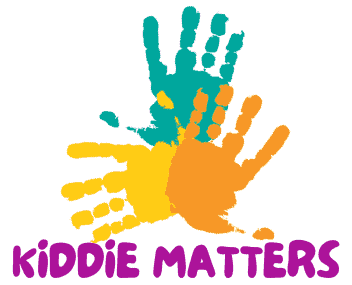
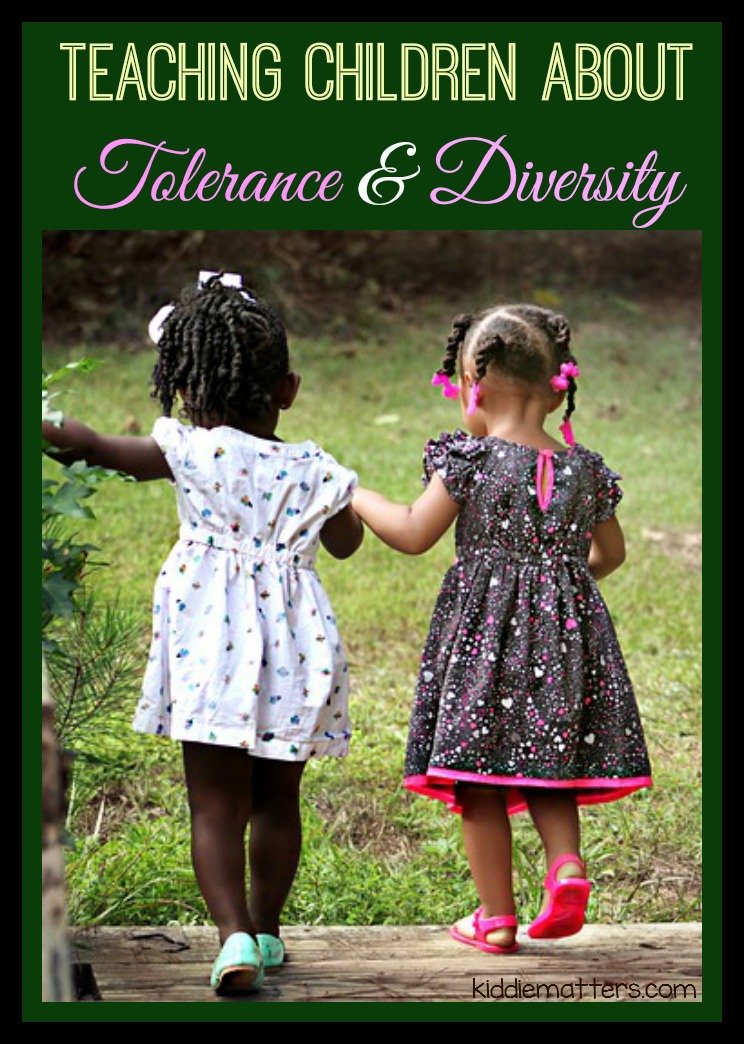
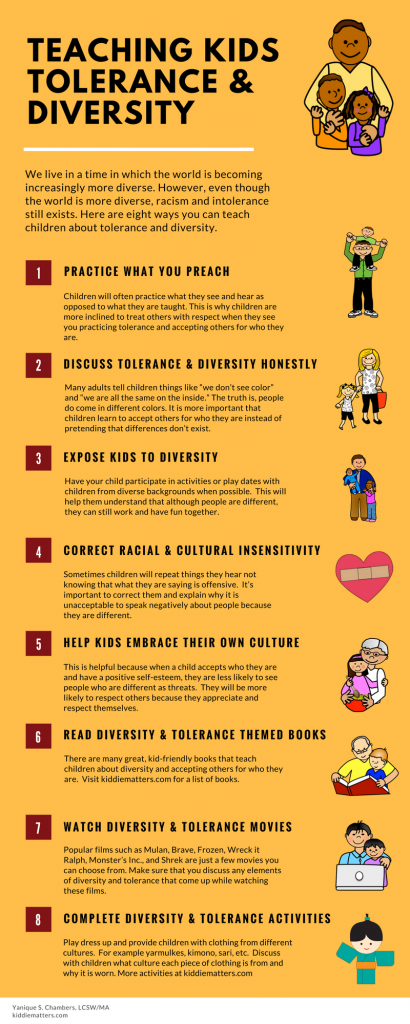
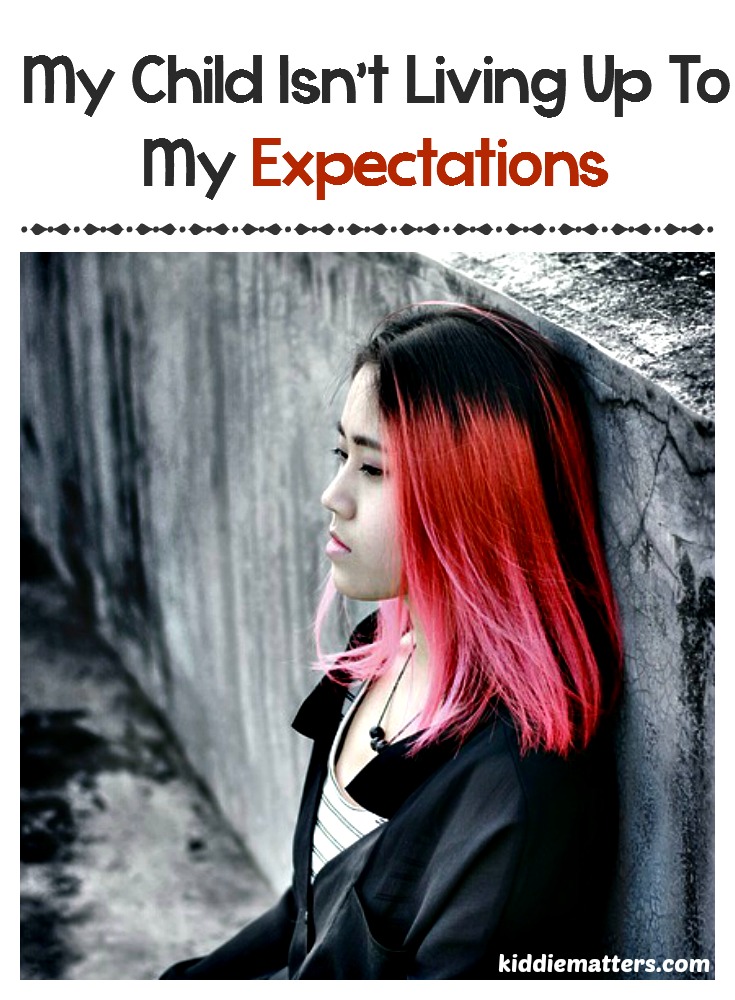
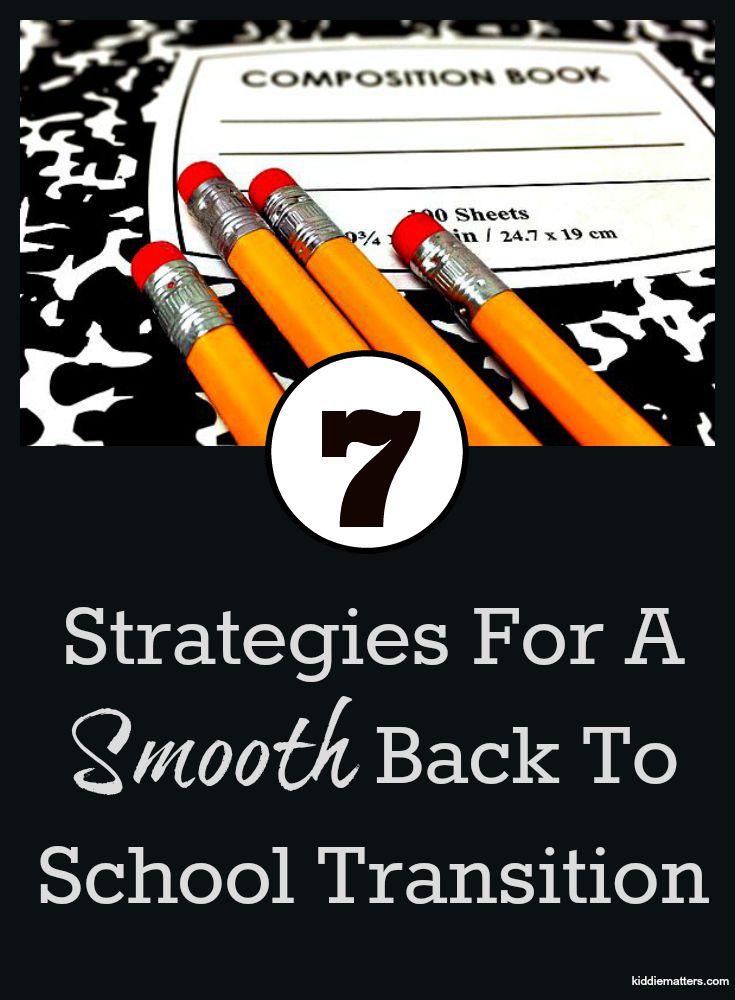


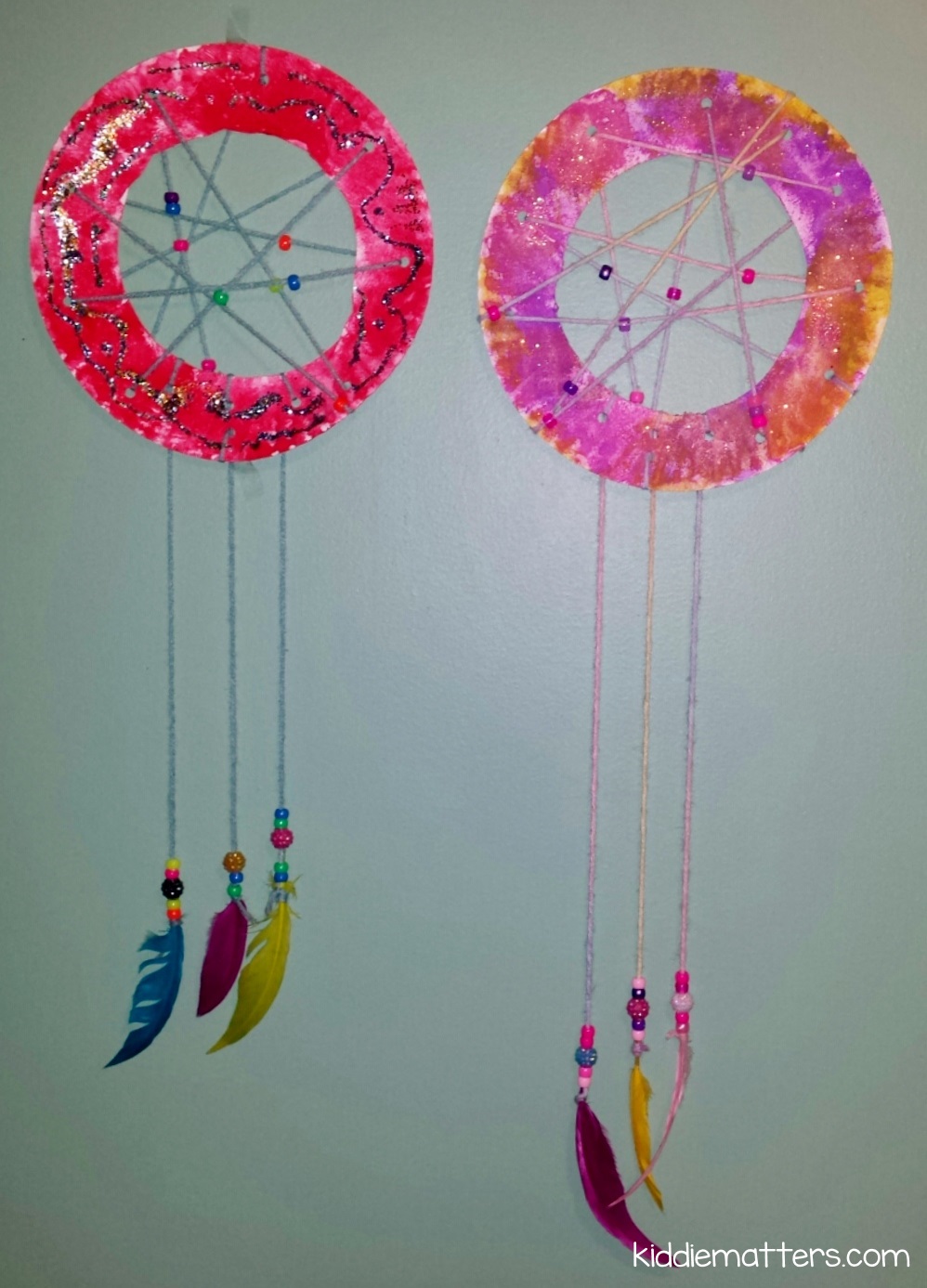
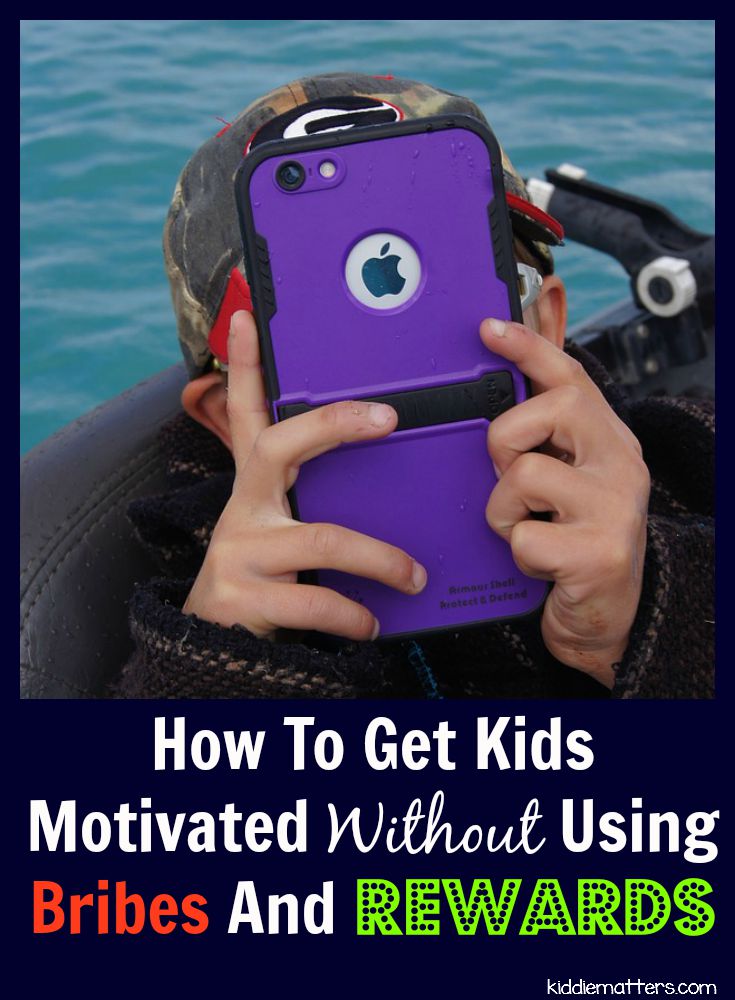
Thanks for sharing! This is definitely a need to know. I agree with you wholeheartedly, that teaching begins at home. When my daughter was in school, I taught her about befriending others and the importance of making others feel welcomed.. I didn’t care what nationality they were. Sadly enough, others are not taught this and it does put a strain when you are trying to teach your children about being diversified. Some children may feel, that others act a certain type of way so why should I behave in a right manner.
Great post. Love the tips and movie suggestions!
I love this post. It’s so right on and very timely.
Those are some great points. Thanks for sharing.
The practice what you preach point is so true! More is caught than taught when it comes to parenting and kids.
Great tips! Thank you for all of resources. I love the idea of talking to kids about tolerance after watching a movie or reading a book.
Very helpful post – many thanks! I need to help Egyptian children think about diversity in their classrooms and there are some nice ideas here. All best wishes, Nicola